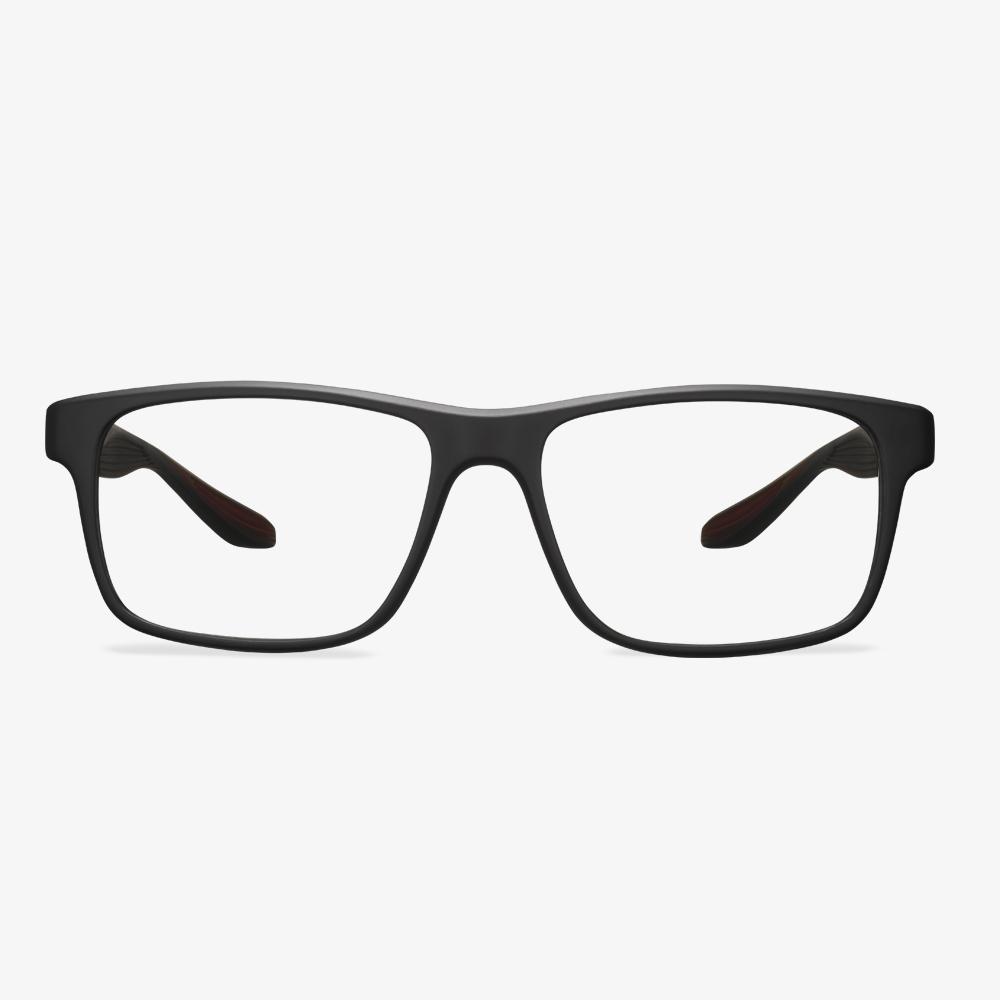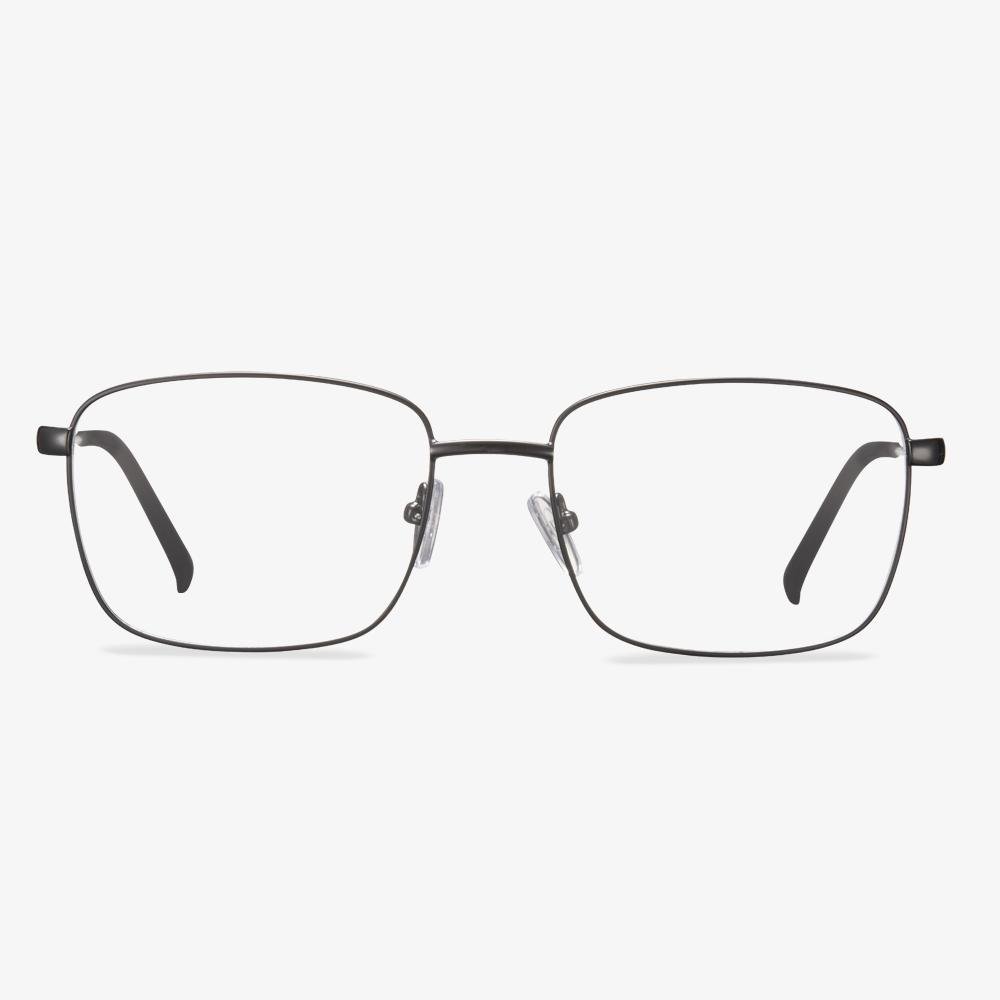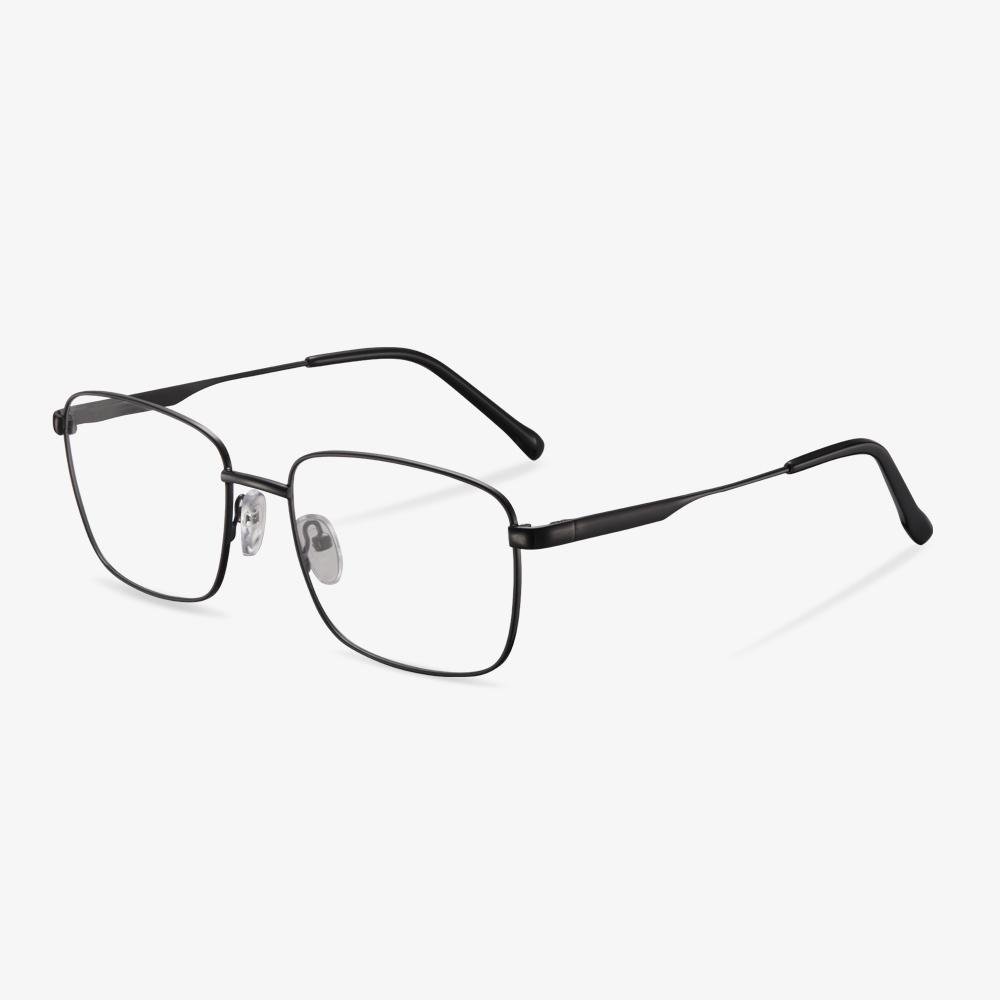What Are Varifocal Glasses?
Varifocal glasses, also known as varifocals, varifocal lenses, or progressive lenses, have a gradual change in strength from the top of the lens to the bottom with multiple focal points in between. Unlike bifocals, varifocals glasses have no specific area of lens strength, but progressive lens zones.
As mentioned above, varifocal glasses have three different prescriptions in one pair of glasses, allowing you to correct near and far vision. So, they bring you great convenience since you don’t need to change the glasses frequently.
However, there are also some common problems with varifocal glasses and we will show you the disadvantages of varifocal glasses.
So, in the following section, we will show you the disadvantages of varifocal glasses.
The resurgence of celluloid glasses
However, in recent years, celluloid glasses have quietly returned to warm; It all started with a niche Japanese brand of handmade eyewear.
Most of Japan's top hand-made celluloid glasses are made in Mako Prefecture and are a favorite of many celebrities. Celluloid is a plasticizer with nitrocellulose as the main raw material. Cotton, pulp, and other fibers make up 70% of the raw material, which is mixed with camphor. Although the color is relatively limited, it has a unique material texture and texture, so Japanese handmade frame makers have been insisting on using it. Moreover, because celluloid is pretty stable when it dries, it can be shaped into a finer shape, keeping the frame intact even without metal leg cores.
KoalaEye - Glasses For Men
Koala Eye glasses’ texture is very good. It looks good even for people in the workplace. The style of some frames has a very retro sense of luxury, which can stand the test of the fashion public. Besides, the professional degree is very strong. In recent years, retro is back in vogue. The texture brought by the pattern of some glasses is much better than other colors.
Design principle of aspheric lens
Early optical lenses use spherical lenses. Because the glasses were small round frames, the problem of lens edge aberration was not paid attention to. It wasn't until large frames became popular that the problem became apparent. For the spherical lenses, aberration cannot be corrected with the combined lens. Only a few variables of the lens can be found to reduce aberration and improve clarity. Aspheric lenses are designed to reduce the aberration of optical correction lenses and to make lenses flatter and reduce lens magnification. We can get clearer, thinner, lighter-quality lenses. Thus, aspheric lenses are used to reduce aberration and astigmatism to a minimum, close to the natural vision of the naked eye. The spherical aberration can be reduced by changing the curvature of the edge. The refraction in the central region is high and decreases evenly toward the edges.
How to Pop Lenses Out of Glasses with Metal Frames?
As is well known, glasses frames are different due to the frame materials. So, we will show you how to pop lenses out of glasses with metal frames and plastic frames. First, we will show you how to take lenses out of glasses.
Now, here is the tutorial.
- Find out the screws and they are usually near the nose bridge. They may also be present at the bottom rim on the outside. Once you find out the screws, find a suitable screwdriver.
- Then fix the frame in one hand and turn the screws in an anti-clockwise direction as they come out completely. Be sure to do this over a cloth where you can easily collect the screws and then store them somewhere safe to be used later.
- Next, put one hand on the nasal side of the frames and use the thumb and fingers of your other hand to pull out the frames. Be sure to use any piece of cloth so that you do not get fingerprints on the lens.
After all steps are finished, you can successfully remove the lenses from the glasses.
How to Adjust Crooked Glasses
If one side of your frame looks higher than the other, you need to adjust the arms of your glasses. So, how to adjust glasses?
If the right side is higher than the left, you need to gently bend the left arm down at the hinge or where the arm bends behind your ear. If the left side is higher than the left, so just do the same action on the opposite side.
When adjusting crooked glasses, you need to adjust frames a little bit at a time to avoid overcompensating and possibly damaging your glasses. You can run the arms under the warm water but do not running the warm water over the lenses because it will affect the lens coating.
Computer Protective Glasses
With the popularity of televisions and computers, electromagnetic radiation has become the No.1 killer of vision. The invention of radiation protection glasses is even more popular, and its market is also widely optimistic.
The lens design of the computer protective glasses has no side effects on vision. Refined with a high-tech vacuum ion coating, it can block 0% electromagnetic waves. The lens contains anti-radiation substances and has the function of absorbing positive charges. It can absorb low-frequency radiation microwaves and avoid potential eye fever, headache, fatigue, dryness, and other adverse symptoms caused by electromagnetic wave radiation. The penetration and absorption function of different light can resist radiation and glare, and the user will obviously feel clear and natural vision after wearing it. At present, there are mainly anti-blue lenses and anti-fatigue lenses, which can effectively prevent blue light radiation and relieve eye fatigue.











































